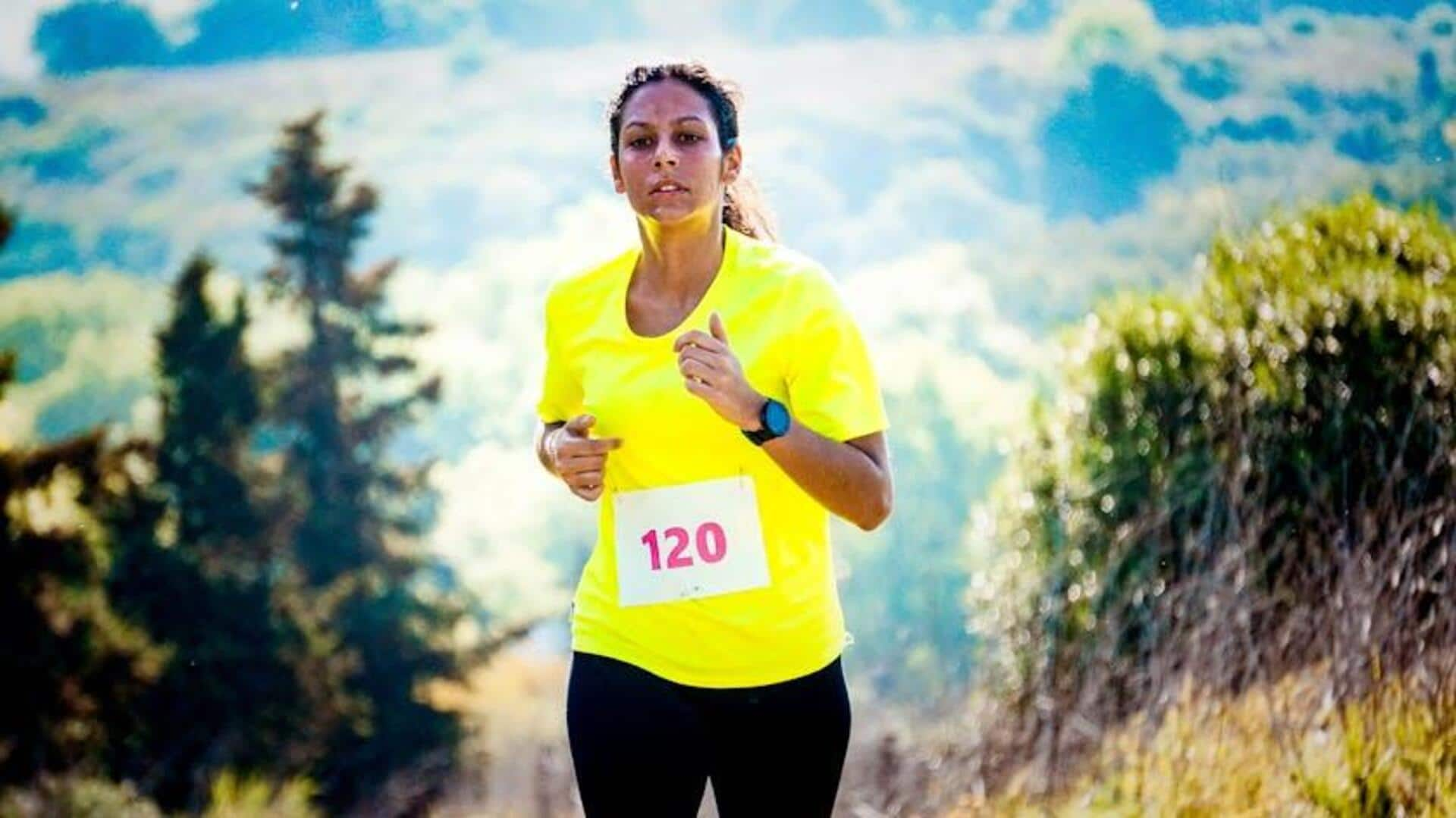
For novice runners: You can recover faster with these exercises
What's the story
Completing a marathon is a tremendous physical accomplishment requiring significant training and stamina.
However, what's equally crucial is how you recover afterward to ensure your body heals and rebuilds strength effectively.
This article details five exercises specifically designed to aid muscle recovery following a marathon, enabling runners to rebound more efficiently.
Stretching
Gentle stretching for flexibility
After a marathon, your muscles are likely to be tight and fatigued. Gentle stretching can help to relieve muscle tension and improve flexibility.
Concentrate on stretches that target the major muscle groups utilized in running, including the calves, hamstrings, quadriceps, and glutes.
Hold each stretch for approximately 30 seconds to one minute. Be careful not to overextend to prevent additional strain.
Walking
Walking for active recovery
Active recovery is key to bouncing back after a marathon.
Light walks: They keep the blood flowing to your muscles without straining them too much.
Go for short walks (10-15 minutes) in the first few days after the marathon. You can slowly extend the duration as your body gets more comfortable.
Yoga
Yoga for balance and strength
Yoga is a fantastic option for incorporating both stretching and strength training into your recovery routine.
It enhances balance, flexibility, and core strength, while also promoting mental relaxation.
Choose gentle yoga classes that emphasize poses to increase circulation and relax muscles without requiring excessive effort or strain on the body.
Foam rolling
Foam rolling for muscle tension relief
Foam rolling is especially helpful for relieving muscle soreness and enhancing range of motion post a marathon.
By exerting pressure on tense muscles using a foam roller, you can assist in breaking down knots and boosting blood flow to targeted areas.
Allocate around five minutes daily to foam rolling, concentrating on calves, hamstrings, quads, glutes, and lower back.
Swimming
Swimming for non-impact conditioning
Swimming provides a full-body workout that's gentle on the joints and beneficial for alleviating muscle stiffness through non-impact conditioning.
The buoyancy of water carries your body weight, enabling you to work your muscles without adding strain as they heal from the marathon effort.
Add a couple or three light swimming sessions to your recovery routine each week, emphasizing easy laps rather than intensity or distance.